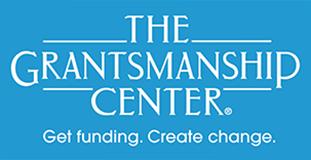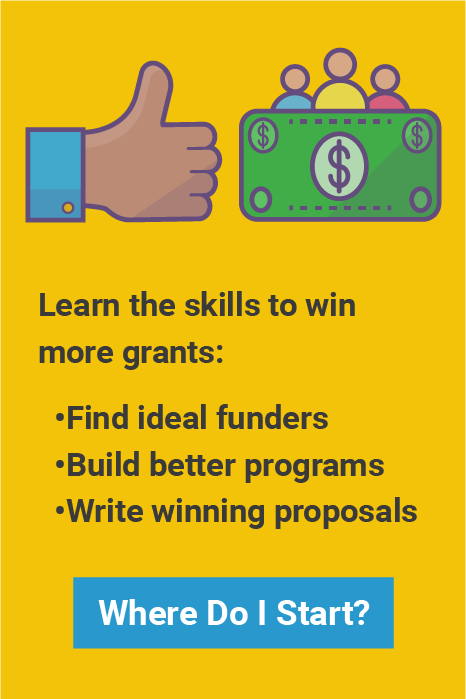
Much has been said about a nonprofit’s need for evaluation and accountability. Donors want to know what their money has produced. Public agencies want to know that all the numbers add up and contract terms have been honored. The emphasis on measurement is driven by several factors—impatient donors, society’s infatuation with science and to be fair, the occasional sloppy handling of charitable funds by nonprofits.
On the other hand, it’s not enough for a nonprofit to say, "We care, therefore we should be funded." That might be sufficient for many individual donors, not for most foundations. Institutional funders, private or public, embrace the view expressed by Bezos Earth Fund president Andrew Steer: "You need to have a pretty sharp pencil of analysis in order to allocate funds well."
Nonprofits need to care a lot about their work AND count the things that tell them the work is producing results. How to balance head and heart? One thing to avoid is segregating the two—passionate outreach workers and program staff over here, data people and budget wonks over there. Everyone on the nonprofit team ought to participate in doing good work and keeping track of it.
Here are some ways to approach the challenge of being holistic.
Start with the board. Be sure that it includes participants from the client community you serve and from people with professional backgrounds similar to your staff. Make every board meeting an opportunity to have a lively discussion about the mission and how you’re doing in addressing it, not just a dray review of numbers and budgets.
Do your staff members have an opportunity to actually go into the field and share some of the work on the ground? It would be good if a social services organization gave its employees exposure and participation in neighborhoods, at clinics, in the places where the services are delivered.
Nonprofit people can all play a part in creating a culture of evaluation, a way of thinking and acting that makes counting and keeping track a part of the life blood of the organization. “You can use your evaluation activities to support grant [proposal] writing and communication with funders”, says AS Consulting’s Allison Shurilla, “all while doing something that supports your work and mission.” This might mean helping staff develop new ways of recognizing and reporting outcomes.
Finally, it’s a game worth playing; become donors instead of habitual recipients. Nonprofits can give money to other nonprofits: why not experiment with a small grant made by your organization to another working on a similar community agenda? There’s something very clarifying about making a grant decision—it can sharpen your focus on what’s important and how to know if you get it.
Head and heart are not either/or resources in the nonprofit world. It’s smart to consider how they might better coexist in your organization.
Thomas Boyd is Chief Editorial Consultant for The Grantsmanship Center
and an independent consultant to nonprofit organizations.



